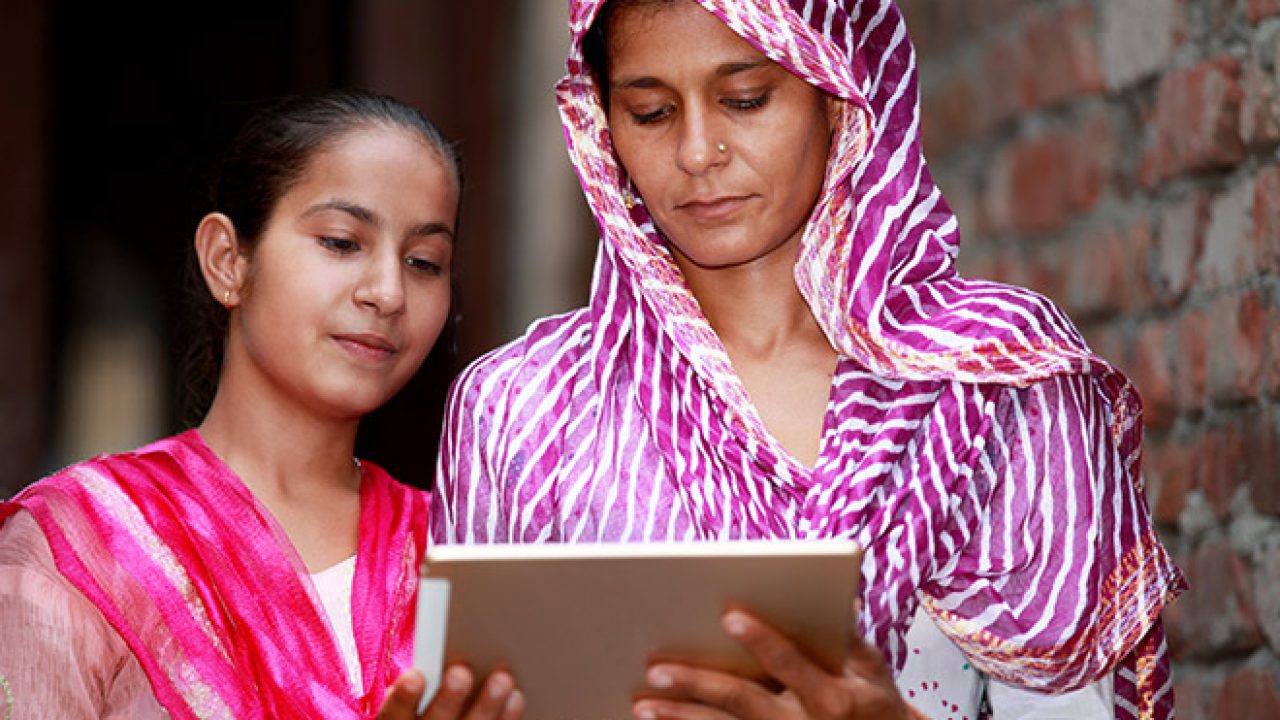July 20, 2023
Empowering Women For A Prosperous India

Source: The Hindu
Prioritizing Reproductive Autonomy: Empowering Women For A Prosperous India
Introduction:
- The significance of this news lies in highlighting India’s progress in family planning initiatives and acknowledging the need to prioritize reproductive autonomy as a fundamental component of women’s empowerment.
- By unleashing the power of gender equality and uplifting the voices of women and girls, India can unlock infinite possibilities for development across various sectors.
Understanding Reproductive Autonomy:
- Reproductive autonomy refers to the fundamental right and ability of individuals to make informed decisions about their reproductive health and choices without interference, coercion, or discrimination.
- It encompasses the freedom to decide whether or when to have children, the number of children to have, and the spacing between pregnancies.
- Reproductive autonomy also includes access to comprehensive reproductive healthcare services and support for reproductive health decisions.
India’s Progress in Family Planning:
- India has been commended for its family planning initiatives, which aim to provide comprehensive reproductive health services to all potential beneficiaries.
- Efforts have been made to expand the range of contraceptive options, offer information and counseling, and ensure access to emergency contraception.
- Additionally, India has witnessed improvements in maternal health, reduced maternal mortality rates, empowered women and girls, and enhanced access to vital services. Life expectancy has also significantly increased.
Challenges Faced:
- Despite progress, several challenges persist. Many women in India still lack physical autonomy, with limited decision-making power regarding their own health.
- Disturbingly, some women consider marital violence acceptable if they refuse to have sex with their husbands.
- Unplanned pregnancies remain prevalent, highlighting the need for more effective family planning services and education.
- Gender disparities and societal attitudes that perpetuate discrimination and violence pose further obstacles to women’s empowerment.
Opportunities for India:
- Advancing gender equality in India can lead to far-reaching positive effects, including economic growth, social progress, and inclusive development.
- Increasing women’s labor force participation could unlock significant economic potential, contributing to GDP growth.
- Empowering women through education and family planning can lead to the accumulation of human capital, crucial for sustainable development.
- By harnessing women’s potential and enacting rights-based legislation and policies, India can promote inclusive economic development and shape population dynamics in line with individual rights and choices.
The Way Forward:
- To empower women and achieve gender equality, investments should be made throughout every stage of a woman’s life, providing access to quality education, healthcare, and support systems.
- Formulating and implementing rights-based legislation and policies, engaging with marginalized groups, and creating an enabling environment are crucial steps.
- Continued efforts are needed to provide comprehensive reproductive health services that are accessible and of high quality.
- Challenging societal norms, promoting gender equality, and reframing the population and development discourse are essential for building a prosperous and inclusive India.
The Conclusion:
- On this World Population Day, it is crucial to reiterate the commitment to prioritize women’s rights and well-being in the population and development discourse.
- By embracing gender-just approaches and solutions, India can create a prosperous nation where reproductive autonomy is respected, and women are empowered.
- Such progress will contribute to a better world for all, fostering social and economic advancement while upholding individual rights and choices.
Mains Exam Practice Question:
- Discuss the challenges faced by India in achieving reproductive autonomy for women and girls, and analyze the opportunities it presents for sustainable development and inclusive growth.
Daily Gist : The Hindu/Indian Express : 30 Jan 2025
January 30, 2025
Gist of editorial : the Hindu/ Indian Express/20 Jan 2025
January 20, 2025
Daily the Hindu/ Indian Express Editorial Gist: 14 Jan 2025
January 14, 2025
